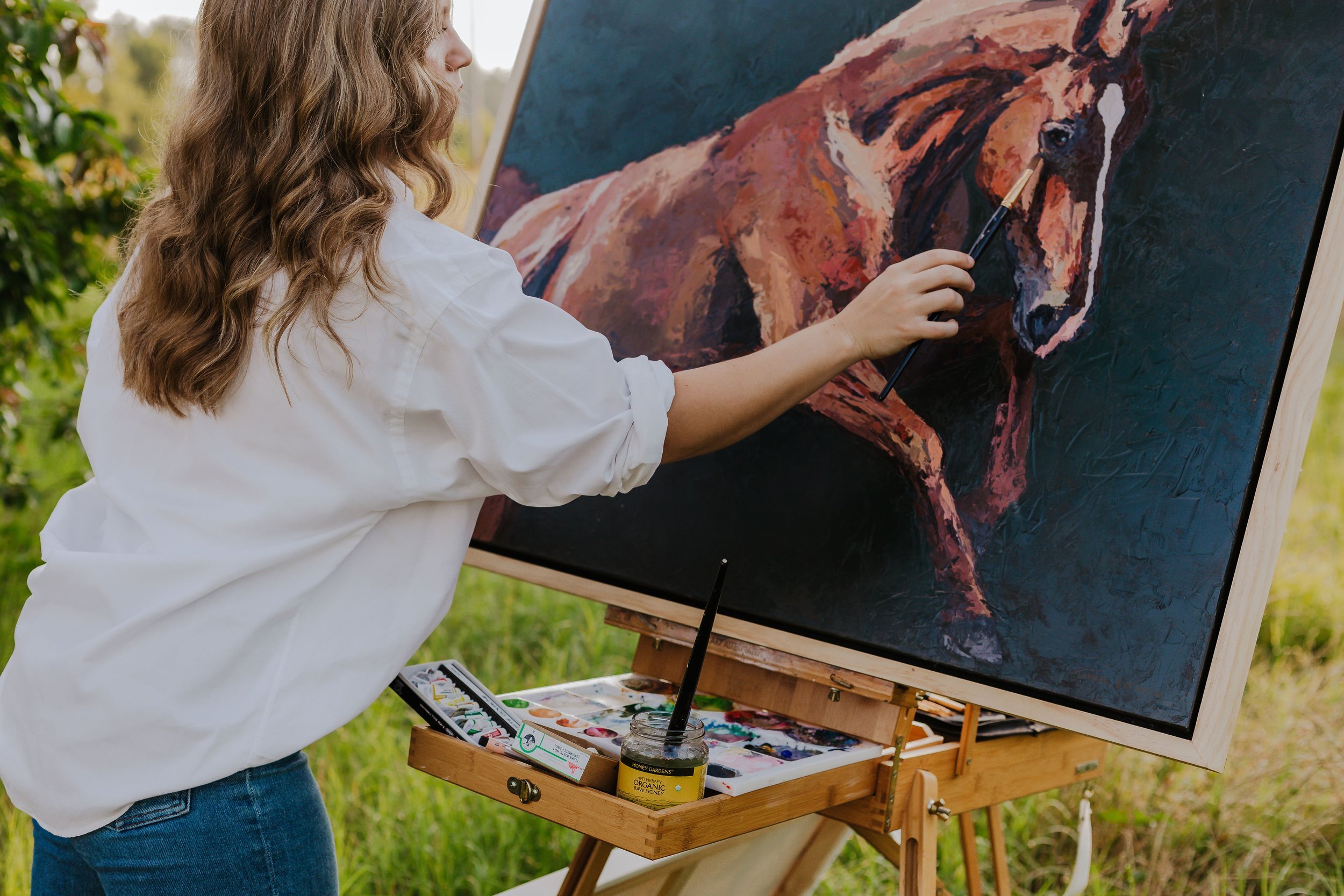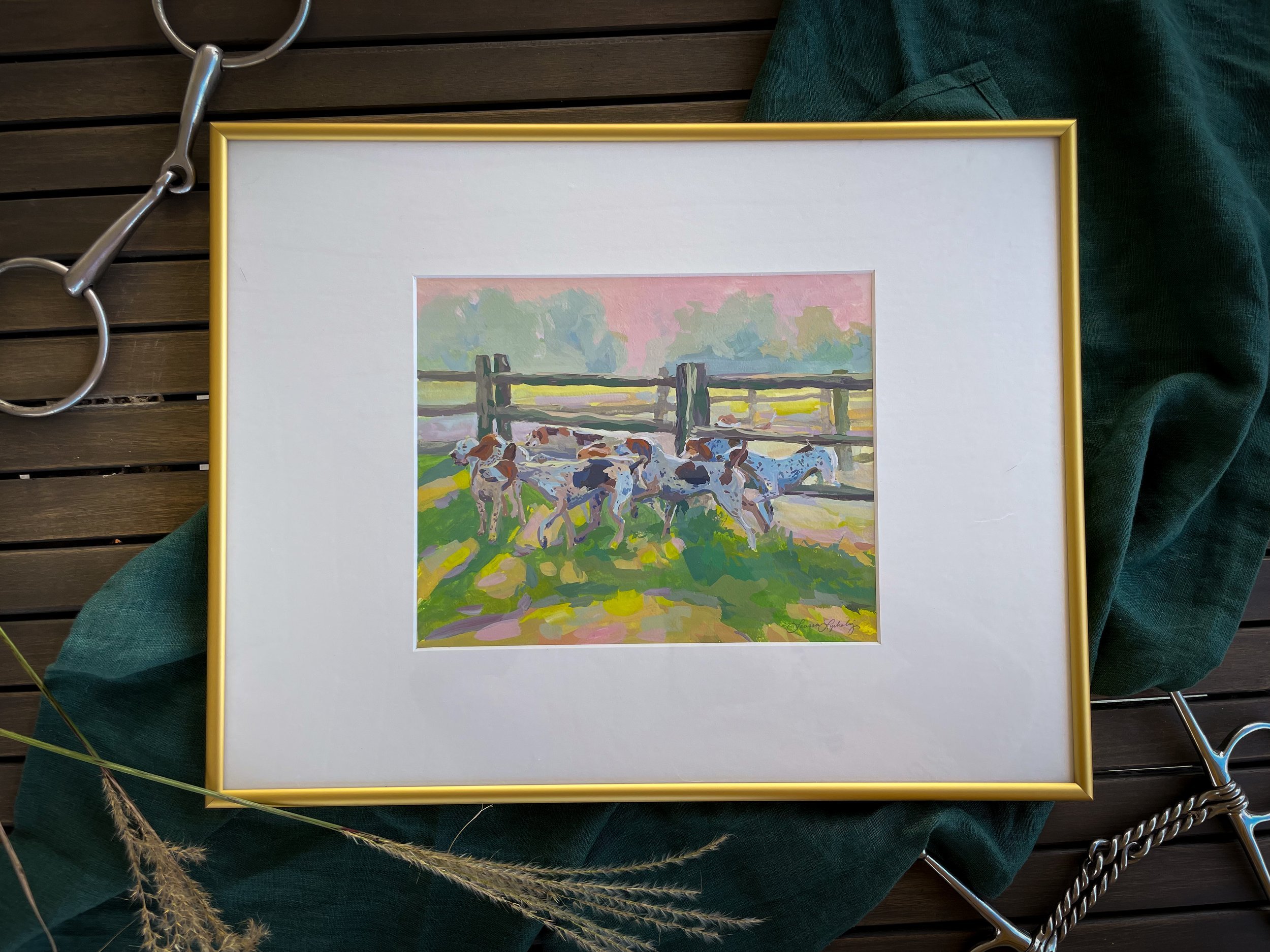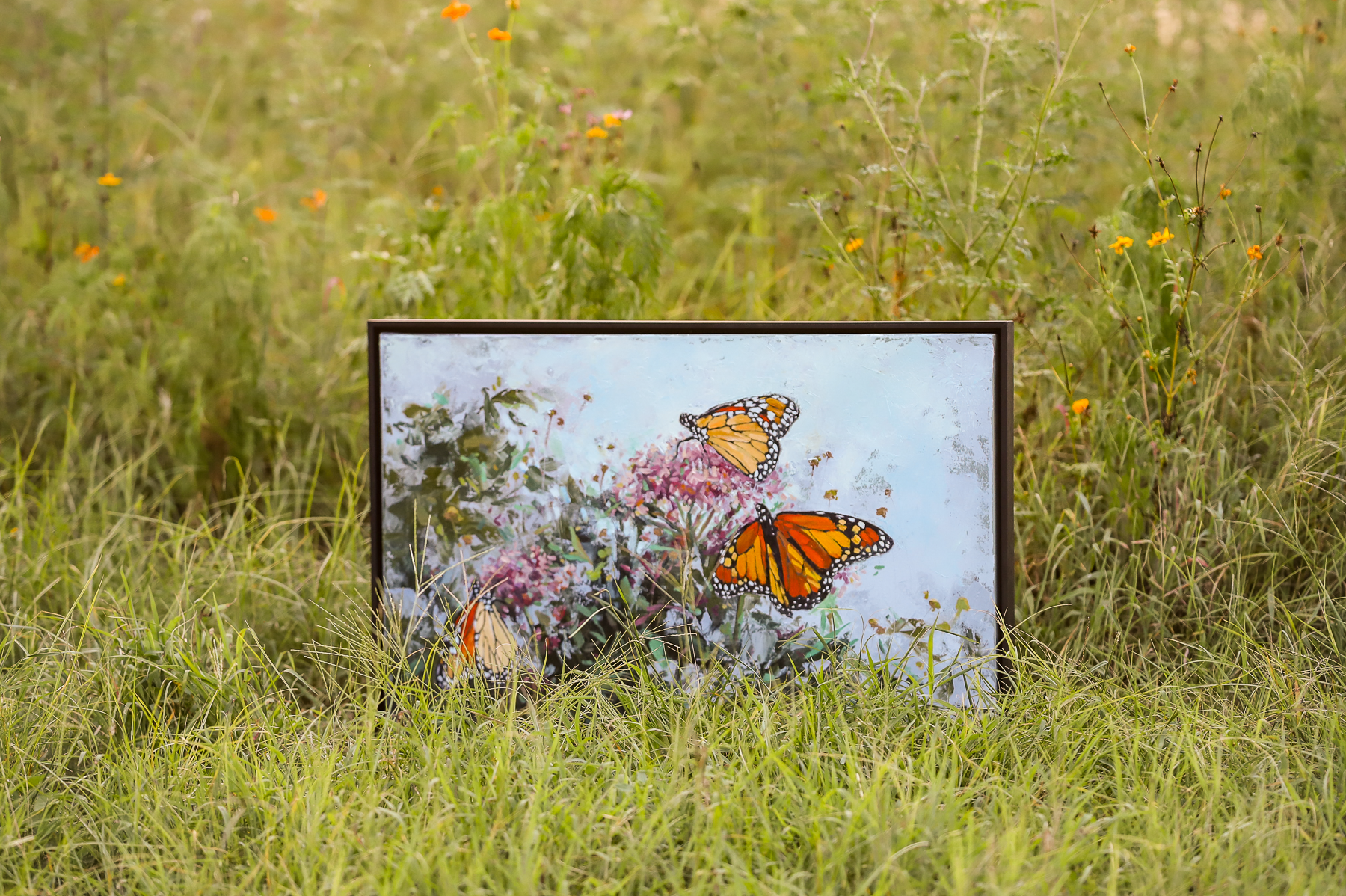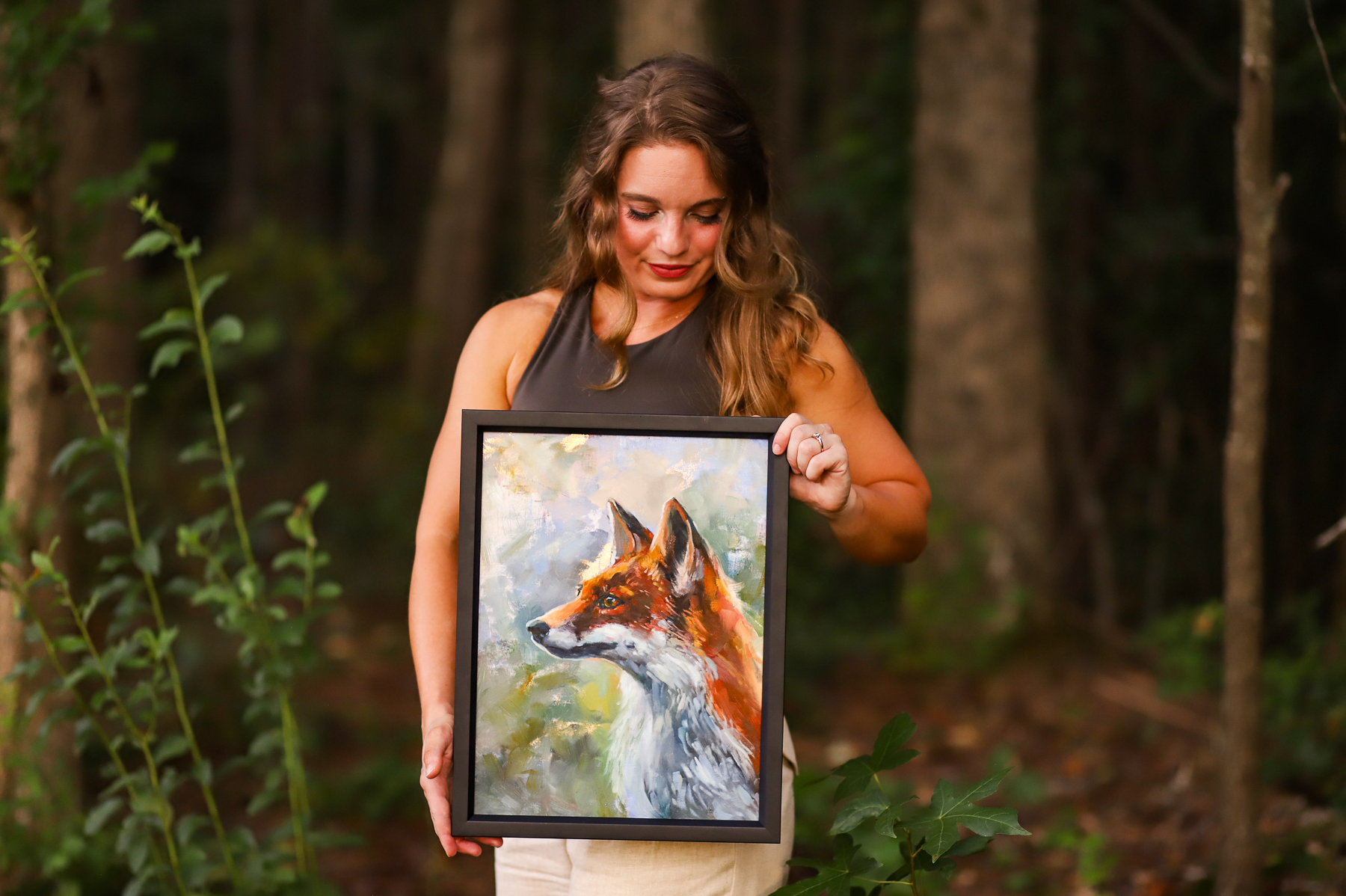Material Matters
Choosing the Perfect Materials for Your Artistic Vision
Creating art is an intimate journey that begins with a blank surface to draw or paint on. Each decision about the surfaces, brushes, and pigments used during the creation process contributes to the final masterpiece. At Larissa Ann Fine Art, I understand the importance of selecting the right materials to bring your artistic vision to life while fitting your space and budget. In this guide, we'll explore the various surfaces, pigments, and framing options available to help you create the art you envision and make sure it lasts a lifetime.
Surfaces: Canvas, Paper, and Wood
Canvas: The Timeless Classic
Description: Canvas is a versatile and timeless choice for art. It provides a textured surface that adds depth and character to the artwork, and weighs less than wood. Canvas is perfect for both oil and acrylic paints.
Advantages: Canvas is durable, and its texture adds dimension to the artwork. It can be stretched over wooden frames and hung without a frame for a contemporary look, or framed to compliment the artwork.
Considerations: The choice between stretched and unstretched canvas depends on your framing preference and space.
Paper: A Delicate Elegance
Description: Paper is an excellent choice for watercolor and gouache paintings. It offers a smooth, flat surface that allows for precise detailing.
Advantages: Watercolor paper and panels are designed to absorb watery pigments without warping. They are also lightweight and ideal for paintings created during travel or at remote locations.
Considerations: When choosing watercolor paper or panels, consider the weight and texture that suits your style. Cold pressed papers have classic texture, while hot pressed offers a smooth flat surface. Archival-grade paper ensures longevity, and framing with UV protective glass will help prevent sun damage over time.
Wood: A Unique Aesthetic
Description: Wooden panels provide a unique and contemporary canvas alternative. They offer a smooth surface that's perfect for intricate detailing, and are not vulnerable to puncture damage.
Advantages: Wood is sturdy, and its smooth surface allows for fine lines and intricate work. It can be left unframed for a modern look, or framed like a canvas painting.
Considerations: The choice of wood can impact the texture and tone of the artwork, and the artist must take care to brace the wooden panel to ensure it doesn’t warp over time. It's an excellent choice for acrylic and oil paintings, particularly in busy spaces like tack rooms.
Pigments and Lightfastness
Selecting the right pigments is crucial for the longevity and vibrancy of your artwork. At Larissa Ann Fine Art, I use high-quality, lightfast pigments that resist fading over time. Lightfastness is measured on a scale from I (excellent) to V (poor). I prioritize pigments with an excellent or very good lightfast rating to ensure your artwork remains as vibrant as the day it was created.
Framing: Protecting Your Masterpiece
The choice of framing not only complements your artwork but also protects it from environmental damage. When selecting a frame, consider factors such as:
Aesthetic: Choose a frame that enhances the visual appeal of your artwork and matches your decor.
Materials: Opt for archival-quality framing materials to prevent damage over time. Look for matting and framing that are acid-free, and ensure any backings you attach meet the same standards.
UV Protection: UV-protective glass or acrylic shields your artwork from harmful ultraviolet rays. This is most applicable for watercolor and gouache paintings on paper; oil and acrylic pigments are more lightfast.
Mounting: Proper mounting ensures your artwork remains securely in place and protected from damage. Make sure there is a small gap between framing glass and the surface of your painting by using an acid-free mat so any condensation remains harmless.
Selecting the right materials for your artwork is a crucial step in bringing your creative vision to life. Whether you prefer the timeless charm of canvas, the delicate elegance of paper, or the unique aesthetic of wood, I’m here to guide you through the process. My commitment to using high-quality pigments and archival framing materials ensures that your masterpiece will continue to inspire for generations to come. Reach out today to discuss your artistic vision, and let's embark on this creative journey together.





